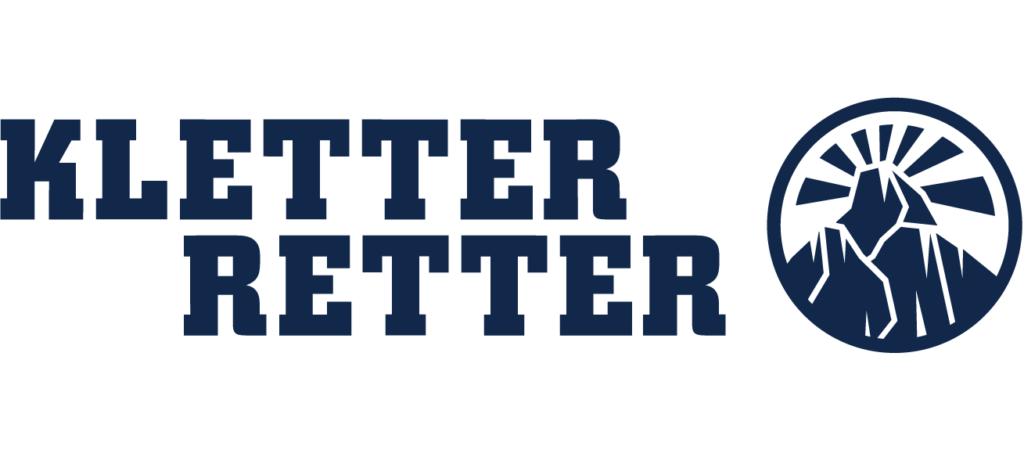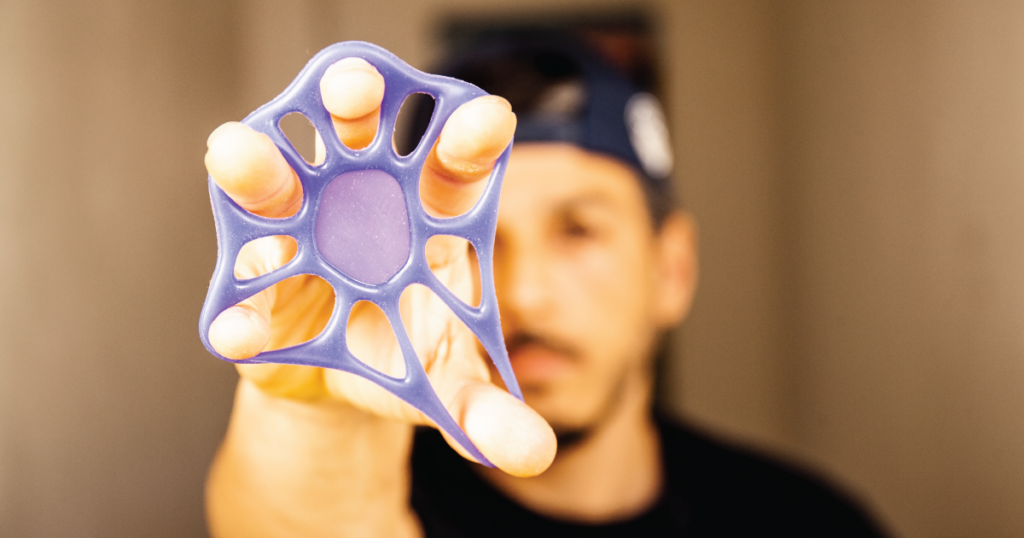Expert Blog
Hand training and recovery
Climbing makes your hands strong, but only in one direction. Tendons, pulleys, and skin get worked hard, but antagonists (the opposing muscles) are often neglected. Over time, this leads to imbalances, injuries, and slower recovery.
The importance of antagonist training
Training and recovery tools aren’t just about boosting performance, they’re about injury prevention and long-term strength. By maintaining muscle balance and improving blood flow in your hands and fingers, you’re investing in years of healthy climbing.
Climbing heavily activates the pulling muscles, but tends to neglect the opposing (antagonist) muscles. These neglected muscles are often the first to get overused or injured, simply because they’re weaker or undertrained.
That’s where PowerFingers and the KletterRetter acupressure rings come in. These tools are compact, effective, and easy to use at home, at the gym, or on rest days.
Combine antagonist training with your skin care routine, filing, and taping strategies to stay strong, balanced, and injury-free.
PowerFingers
Most climbers train pulling: hangboarding, campus boards, weighted dead hangs. But to stay injury-free, you also need to train extension, which is the pushing and opening motion of the fingers.
Benefits of PowerFingers:
- Strengthens extensor muscles to prevent tendonitis
- Supports joint stability and finger mobility
- Boosts recovery through controlled motion
- Improves blood flow in fingers and hands
PowerFingers come in 5 resistance levels:
- Level 1: Injury recovery, post-surgery mobility work
- Level 2: Warm-up, finger activation before climbing
- Level 3: General antagonist training, active recovery
- Level 4: Longer reps, rehab from overuse injuries
- Level 5: Max strength sessions, finger-specific workouts
There are countless possible combinations and exercises. Check out our detailed training videos on: powerfingers.kletterretter.com
Training with PowerFingers:
Training with PowerFingers is fun and easy and because PowerFingers is compact, you can take a set with you everywhere you go!
Basic routine:
- 3 sets of 10 reps for each hand
- Hold each rep for 3–5 seconds
- Focus on full extension—not just speed
When to train:
- As part of your climbing warm-up (using level 1 or 2)
- On rest days for recovery or quick training sessions in-between
- After climbing to maximise the pump
- During rehab (consult a physio if recovering from injury)
Extra tip: Combine multiple rings to increase resistance, or isolate individual fingers for rehab or strength training.
Acupressure rings
These small, spiky rings may look strange, but they’re highly effective at boosting circulation and relieving tension.
How they work:
- Roll the ring up and down each finger for 2–5 minutes
- Stimulates nerve endings and blood flow
- Helps reduce swelling and stiffness
- Great for cold hands after outdoor sessions
When to use them:
- During warm-up or cooldown
- On rest days
- After long sessions on fingerboards or slabs



